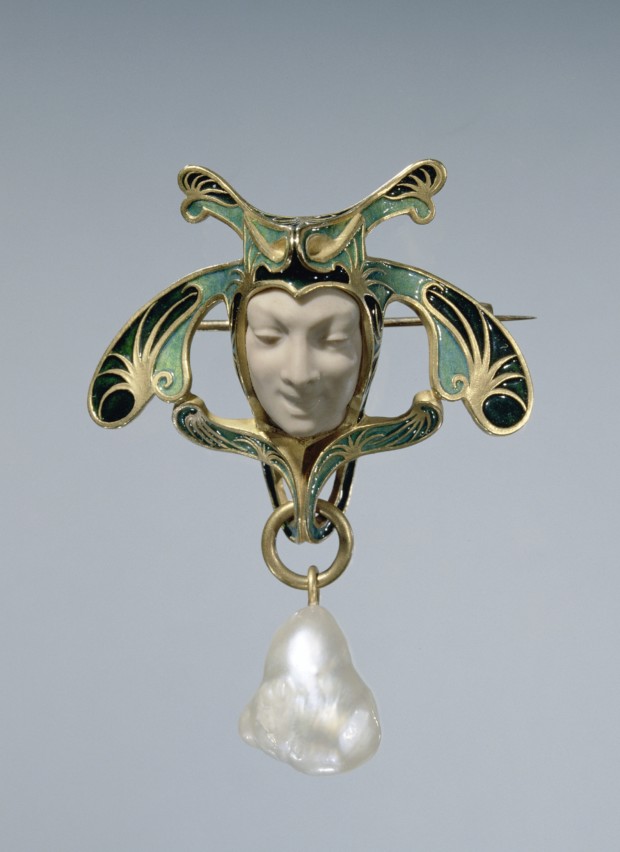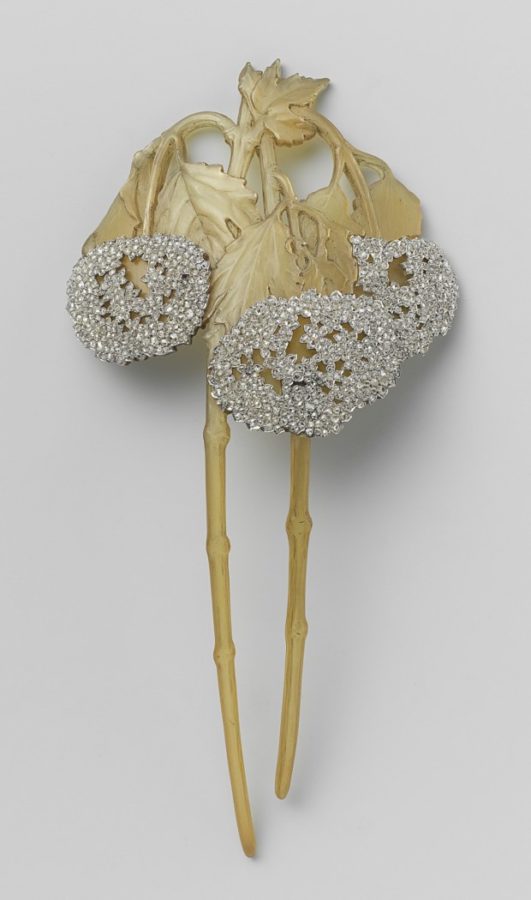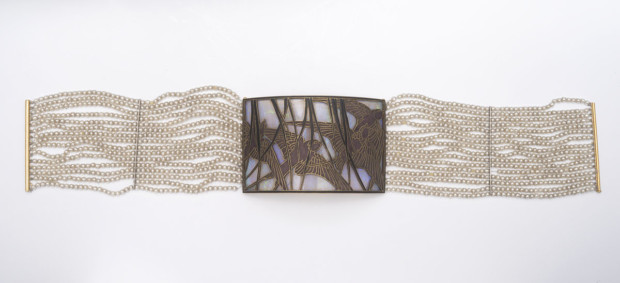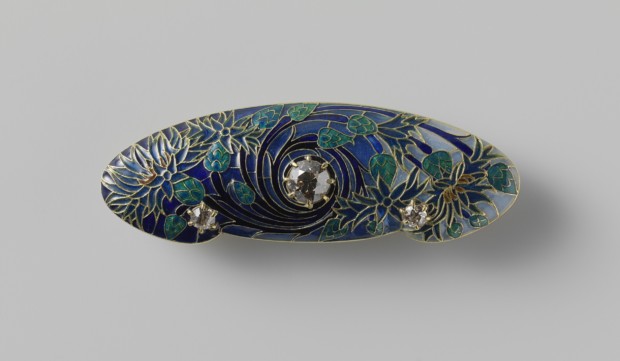René Lalique, The Master Jeweler of Art Nouveau
René Lalique (1860-1945) was a French jeweler and one of Art Nouveau’s most renowned craftsmen. Trained in Paris and London, Lalique was unusual as he did not come from a dynasty of jewelers. He established his reputation while working for the famous jewelry houses of Cartier, Jacta, and Boucheron.

To seek beauty is a more worthy aim than to display luxury.
René Lalique, Musée Lalique.

In 1885, Lalique took over the workshop of Parisian jeweler Jules Destape and began working independently for private clients like Sarah Bernhardt, as well as the finest jewelry retailers of Paris. Lalique pieces became favored by the celebrities of the day, from opera stars to aristocrats. They were admired for their creative styling and brilliant use of new materials like plique-à-jour enamel, ivory, semi-precious stones, and horn.

Lalique created exquisite pieces for his clients, such as chokers, pendants, bracelets, and earrings. His work often utilized semi-precious materials like sculptured ivory and tortoiseshell, sculpted into delicate nature-inspired pieces featuring leaves, orchids, and butterflies. The insects, flowers, and nymphs which adorned his jewelry were quintessentially Art Nouveau motifs, realized in exquisitely intricate forms.

By the 1920s, Lalique’s work had evolved into the Art Deco style and he became best known for his creations in glass. Lalique died on 1 May 1945 and he was buried in the famous Père Lachaise Cemetery in Paris. Today his pieces are in the collections of many museums around the world including the Museum für Kunst und Gewerbe Hamburg, the Rijksmuseum, the Victoria and Albert Museum, and The Metropolitan Museum of Art.
“>


